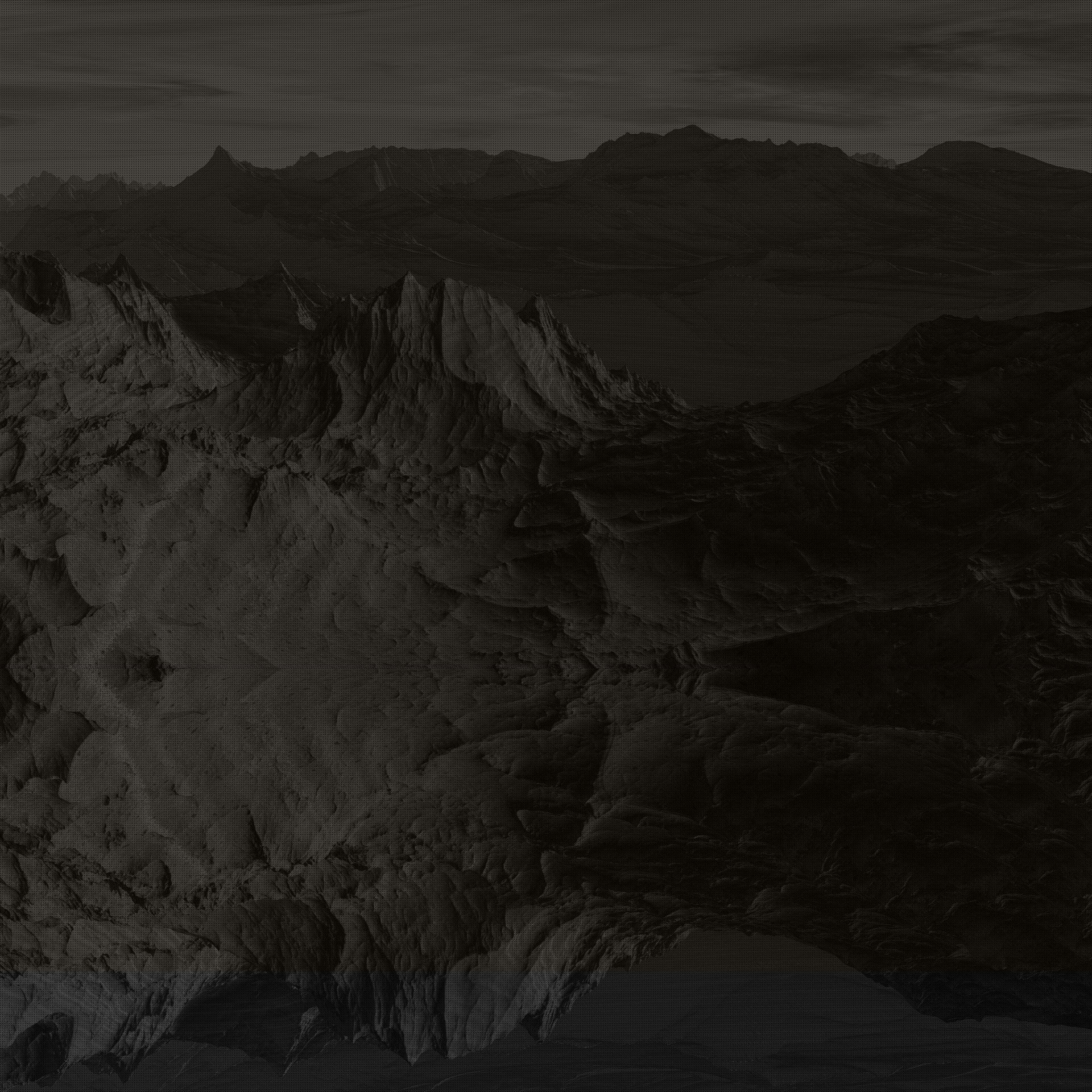Training Shot - Day 168
- Jessica Lamb
- Oct 5, 2022
- 3 min read
Wednesday 5th October 2022
So today at work I was working on my portfolio in the morning then I was given a training shot of tracker removal. I was shown 4 techniques to practice and that's what I did that day. Technique 1: Live patch transform mask - Using a transform masked node. It's similar to doing roto and using the roto node round the tracker you are removing. Then, using a tracker node you would track the actual tracker cause the shot I was using had it moving. If it doesn't move using technique 4. After the track is done you set the refrence frame to the one you started the track on and put it to matchmove and input the roto onto the tracker if you haven't already. Next, you get the transform masked node and input the roto and tracker onto the mask of the transform mask. You then get the controls of the transform masked node while viewing and move it so you don't see the tracker anymore. It's important to make sure you match it to the background. Technique 2: Live patch keymix - this is similar to the first technique with using the same roto and track. But instead of a transform masked node you use a normal transform node and a keymix. You plug it into the A input of the keymix while B input goes into the denoises plate. Then, the roto and tracker gets input on the mask input. Finally, you use the transform exactly the same as the transform masked node while it's connected to a dot that's connected to the plate. When using this method if you stack them you still have to put more dots above the transform node and keymix node. Technique 3: PxF_Filler - this is a special tool created by the jellyfish comp team that we are going to use for paint. It's like the last 2 techniques we have been over as it does the exact same with the roto and tracker. But it's most likely the technique one because instead of a transform masked node that's where you put the PxF_Filler node. You put the roto and tracker on the hole_mask input and it will automatically transform it to the background and remove the tracker. It does this because it gets all the information from around the roto but you can actually choose where to get the information from and change the angle of it. This is because when you first load in the node it start getting the information from the top and bottom but you may need to change it if it doesn't match the background. Technique 4: Static patch - this technique is good for still not moving tracker removal but it's gets tricky if it moves or the lighting changes. So this is different to the other techniques as you use a roto paint node and the clone tool within that to get the other information. This is plugged into a dot that is connected to the denoise plate. You use this to remove the tracker. You place a gram hold and but that underneath the roto paint node to hold it into place then you get a copy node and place it underneath the frame hold making sure it's the B input. The A input will be used for the another roto node but not a roto paint node. This is where it will be connected to the plate while you put it around the tracker you have removed and you then get also a track for the tracker. Then, you leave the roto node input into the copy node but move the tracker node so it's underneath the copy node. Then, you put a premult node underneath the tracker and bring in a merge. The tracker will then be on the A input and the B input is put onto the dot which is connected to the plate. However, the training shot I was using this wasn't the best method because it would match at the beginning of the shot but at the end it didn't match and the shot itself has moved and had different lighting. This is when Ben said you could use a grade node but it can make it actually look bad in the long run as you may have to go through each frame to make it match but then looking at the whole picture it would look weird and not flow well when watching it.





Comments